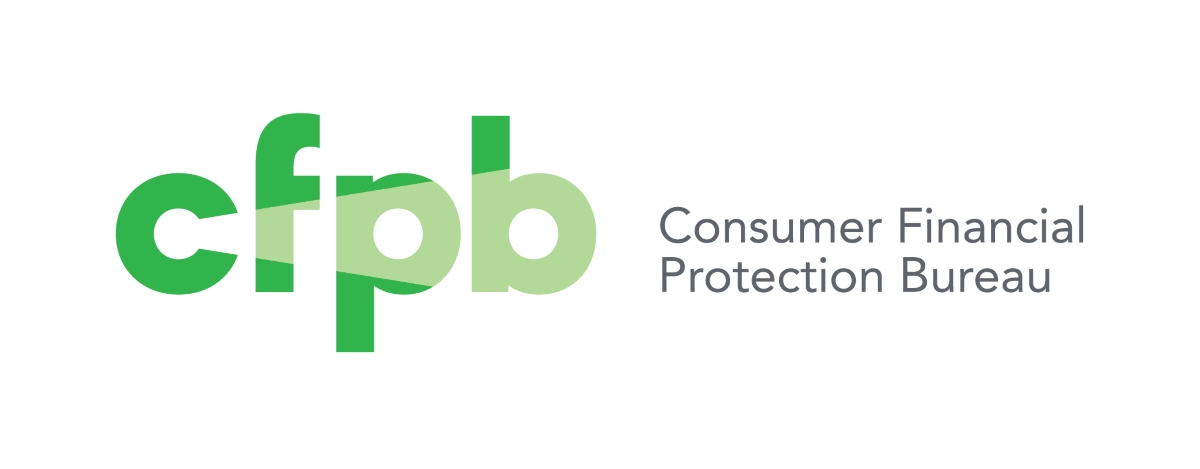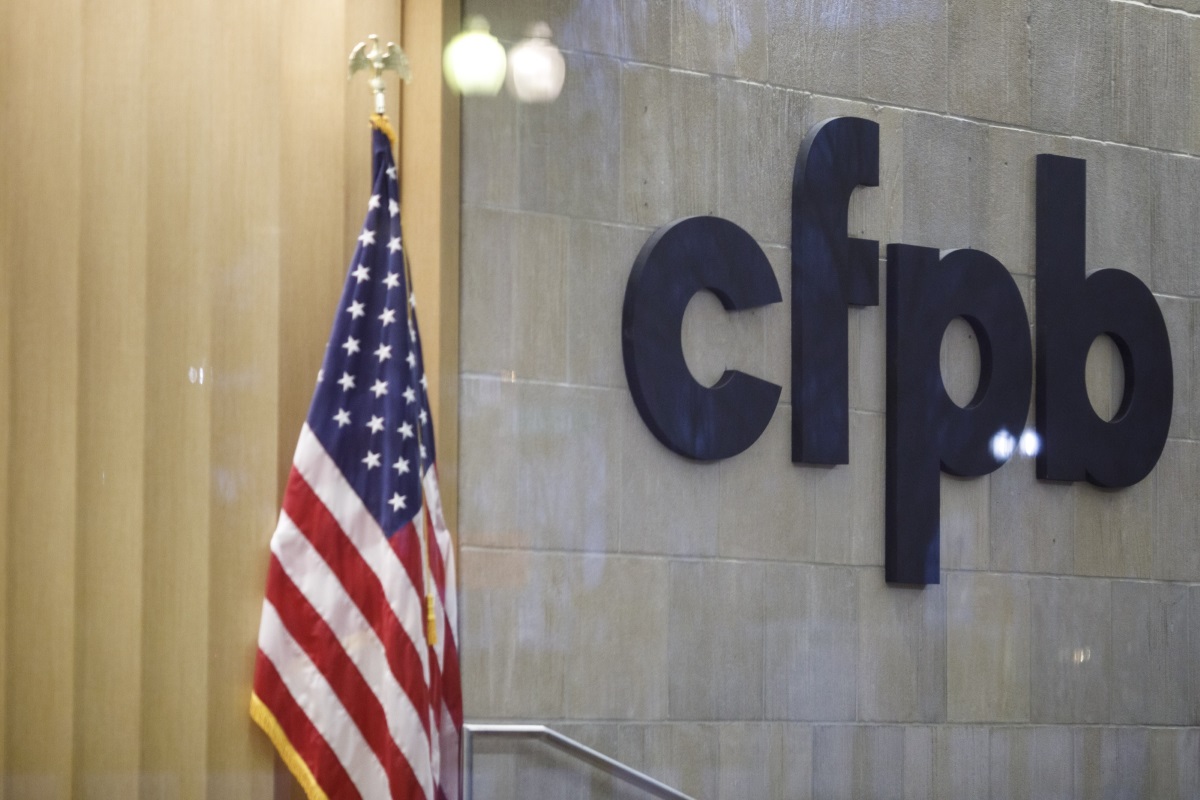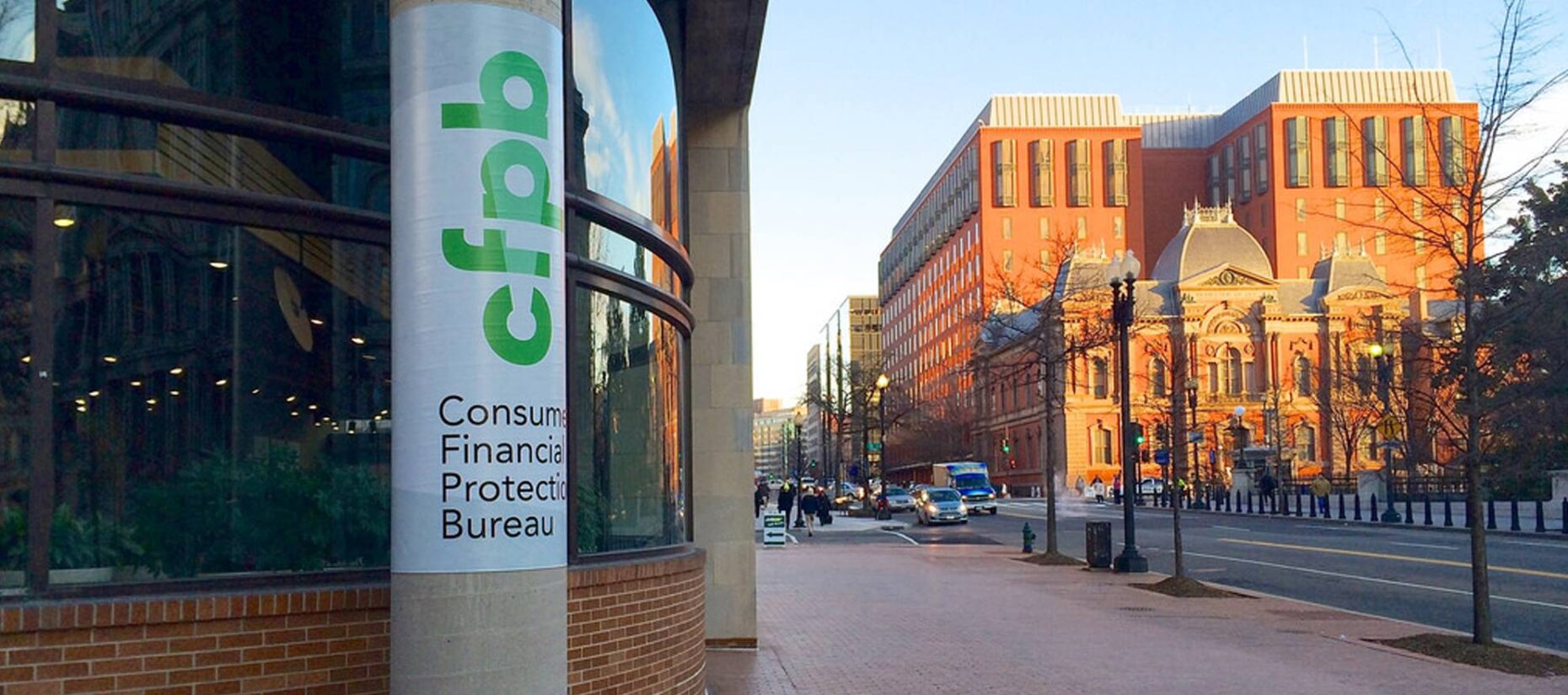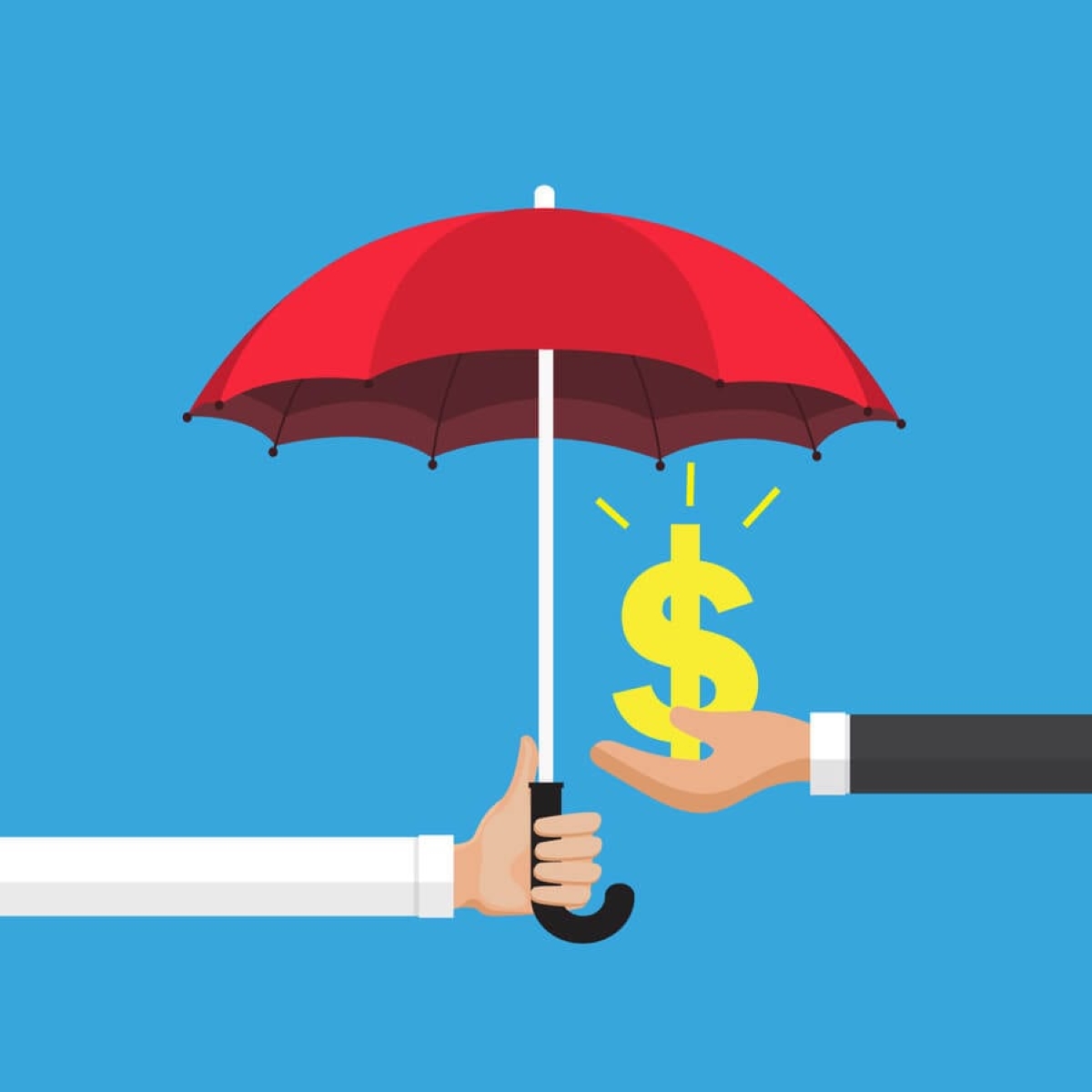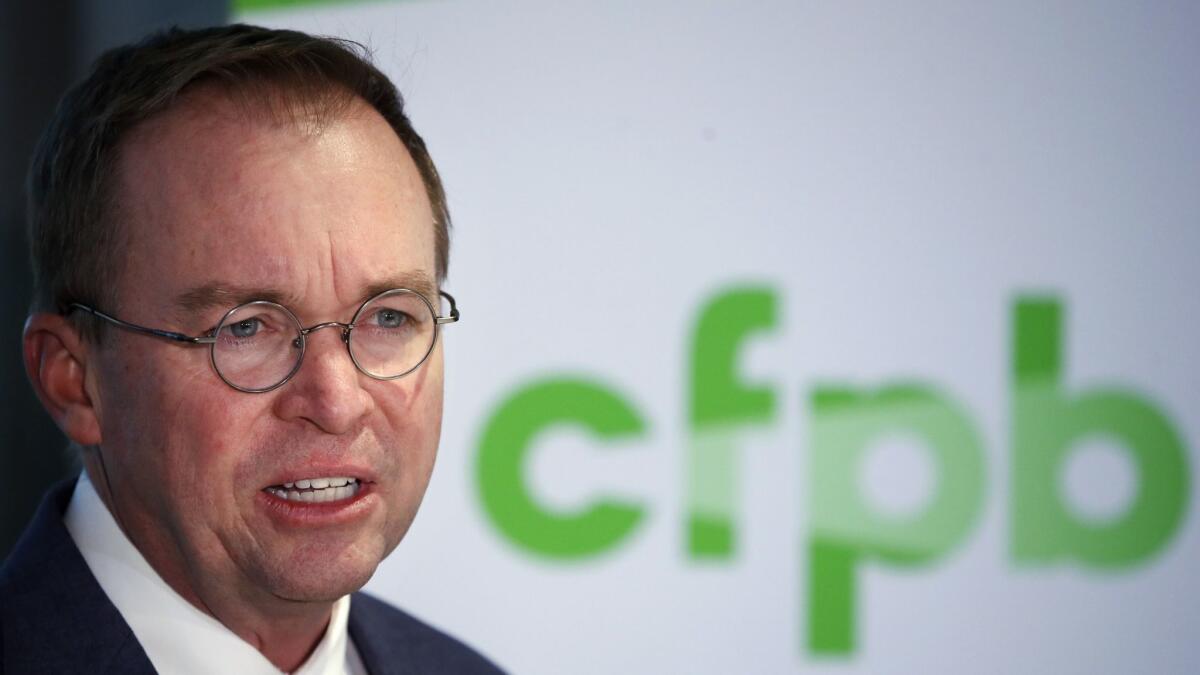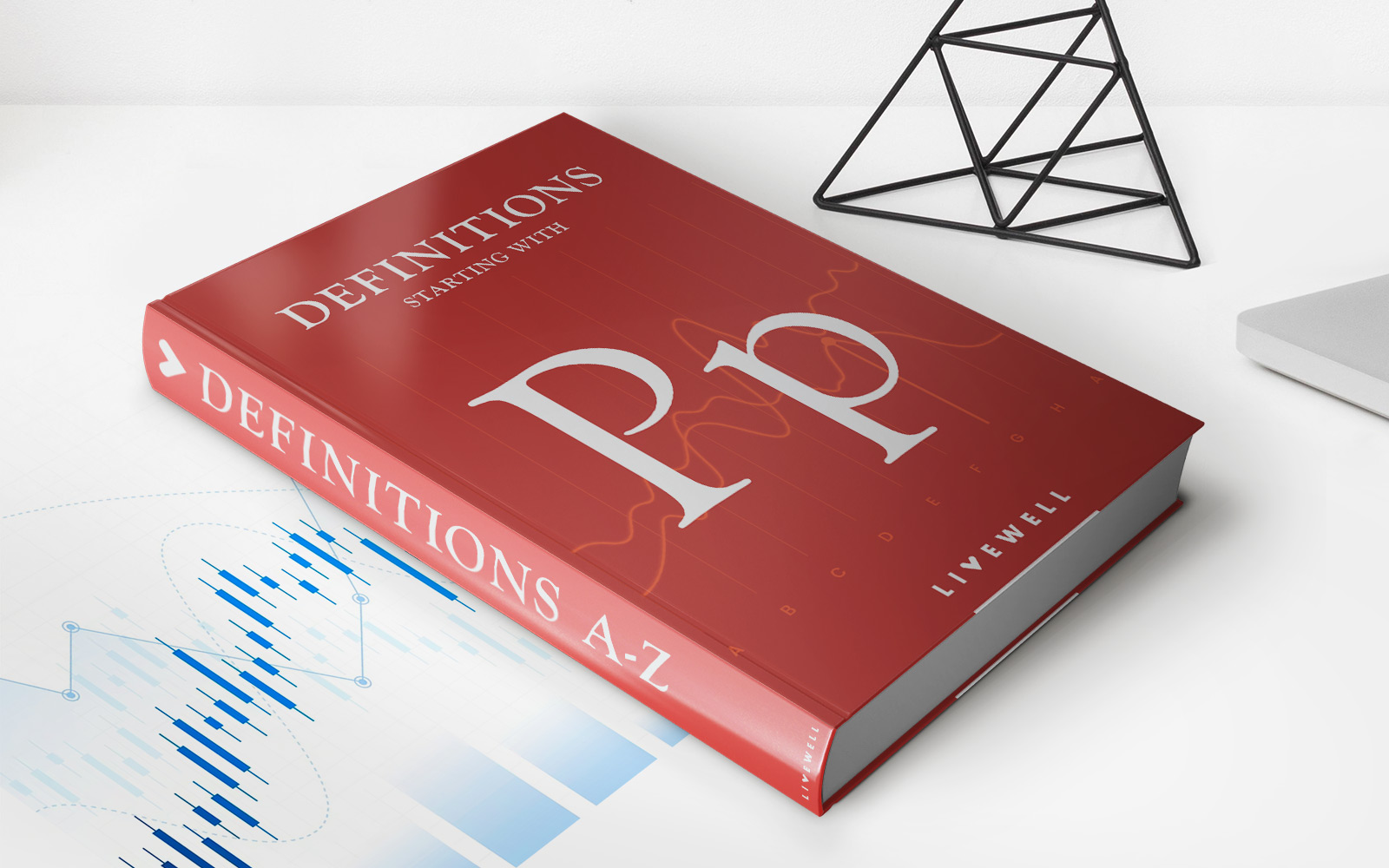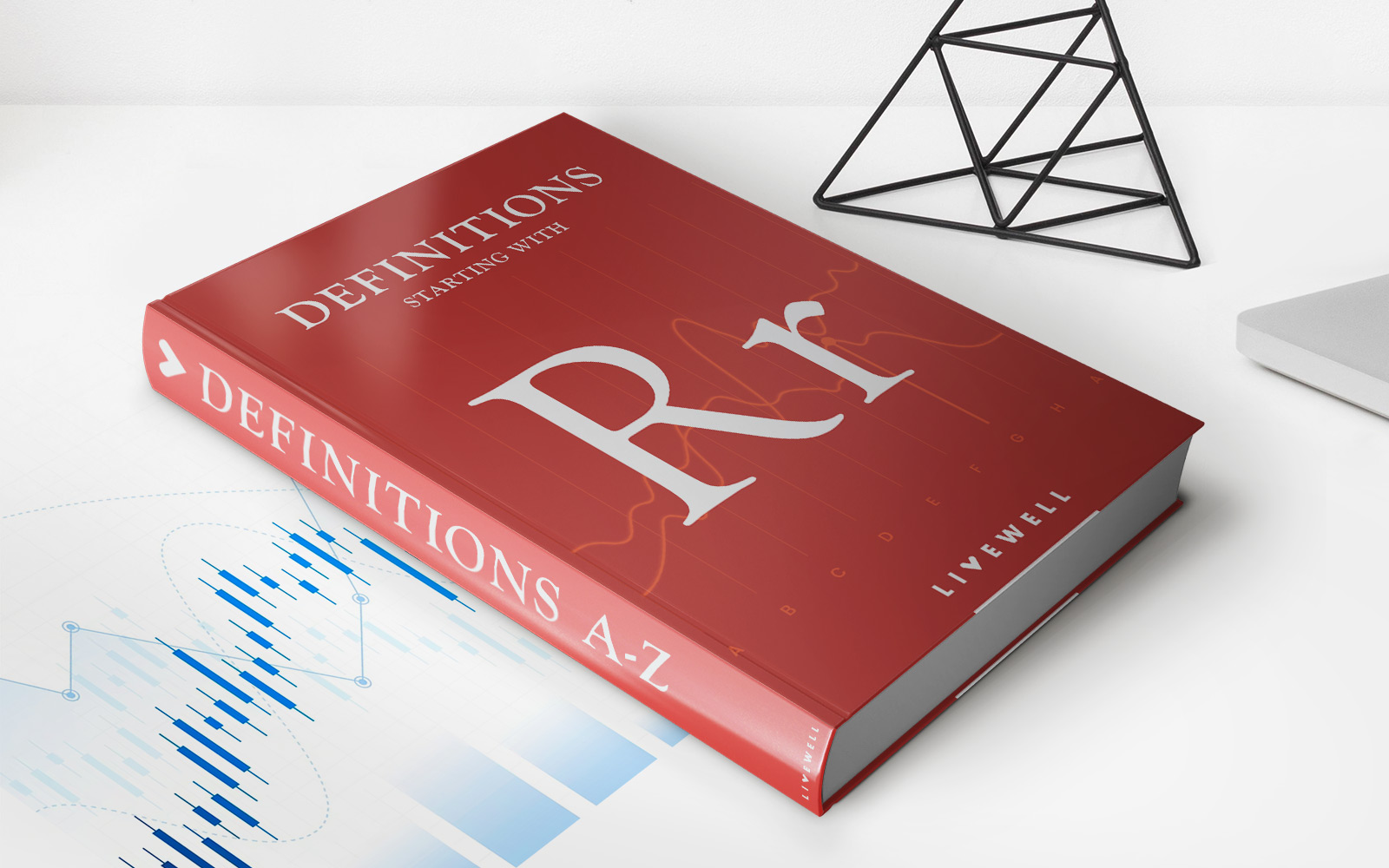Home>Finance>How To Contact The Consumer Financial Protection Bureau


Finance
How To Contact The Consumer Financial Protection Bureau
Modified: March 1, 2024
Learn how to contact the Consumer Financial Protection Bureau for finance-related issues and get the assistance you need.
(Many of the links in this article redirect to a specific reviewed product. Your purchase of these products through affiliate links helps to generate commission for LiveWell, at no extra cost. Learn more)
Table of Contents
Introduction
When it comes to consumer protection and financial regulations, the Consumer Financial Protection Bureau (CFPB) plays a vital role in ensuring that consumers are treated fairly and are provided with accurate information. If you ever find yourself facing issues with financial products or services, it is important to know how to get in touch with the CFPB for assistance.
The CFPB is an independent agency of the United States government that was created to protect consumers in the financial marketplace. Its mission is to ensure fair treatment, promote transparency, and enforce laws that safeguard consumers’ financial rights. Whether you have concerns about a mortgage, credit card, student loan, or any other financial product, the CFPB is there to help.
By contacting the CFPB, you can report issues such as deceptive practices, unfair treatment, unauthorized charges, and other financial fraud. The bureau has a variety of channels through which you can reach out to them, ensuring that your voice is heard and your concerns are addressed.
In this article, we will explore the various ways to contact the Consumer Financial Protection Bureau. Whether you prefer phone conversations, email correspondence, online submissions, or even traditional mail, the CFPB offers multiple options for you to get in touch with their dedicated team of professionals.
Why Contact the Consumer Financial Protection Bureau?
There are several reasons why you might want to contact the Consumer Financial Protection Bureau (CFPB). Here are a few key situations where reaching out to the CFPB can be beneficial:
- Report Financial Fraud or Scams: If you believe you have been a victim of financial fraud or scams such as identity theft, deceptive practices, or unauthorized charges, contacting the CFPB is crucial. They have the authority to investigate and take action against financial institutions or individuals engaged in fraudulent activities.
- Resolve Disputes with Financial Institutions: Have you encountered issues with your bank, credit card company, mortgage lender, or student loan servicer? The CFPB serves as a mediator between consumers and financial institutions, helping to resolve disputes and ensure fair treatment.
- Get Information and Guidance: The CFPB provides valuable information and resources related to financial products, services, and consumer rights. If you have questions about your rights and responsibilities or need guidance on making financial decisions, reaching out to the CFPB can give you the necessary information to make informed choices.
- Obtain Assistance with Consumer Complaints: If you have tried solving a problem with a financial institution but haven’t received a satisfactory outcome or resolution, the CFPB can step in to assist you. They will review and address your complaint, working towards a fair resolution on your behalf.
- Support Advocacy for Stronger Consumer Protections: By contacting the CFPB, you contribute to the collective effort of promoting stronger consumer protections. Your feedback and experiences can help shape future regulations and policies that benefit consumers nationwide.
Remember, contacting the CFPB is an important step to protect your rights and ensure fair treatment in the financial marketplace. Regardless of the issue you are facing, the CFPB is there to assist you and advocate on your behalf.
Ways to Contact the Consumer Financial Protection Bureau
The Consumer Financial Protection Bureau (CFPB) offers various channels through which you can get in touch with them. Here are the different ways you can contact the CFPB:
- Phone Contact: One of the most direct ways to reach the CFPB is by phone. You can call their toll-free number at 1-855-411-2372 to speak with a customer service representative. The helpline is available Monday through Friday from 8 a.m. to 8 p.m. ET.
- Email Contact: If you prefer written communication, you can send an email to the CFPB. Simply visit their official website and navigate to the “Contact Us” page, where you will find an email form. Provide the necessary details, describe your issue or inquiry, and click “Submit.”
- Online Complaint Submission: To file a complaint or report an issue, you can utilize the CFPB’s online complaint submission platform. Visit their website and click on the “Submit a Complaint” option. Follow the prompts to provide information about the financial institution involved and the nature of your complaint.
- Mail Correspondence: If you prefer traditional mail, you can send a letter to the CFPB. Include your complaint or inquiry along with any relevant documentation. The official mailing address is: Consumer Financial Protection Bureau, P.O. Box 4503, Iowa City, Iowa 52244.
- Social Media: The CFPB maintains an active presence on various social media platforms, including Twitter, Facebook, and LinkedIn. You can reach out to them directly through these channels, sharing your concerns or inquiries publicly or via private messaging.
No matter which method you choose, it’s important to provide clear and accurate details about your issue or inquiry when contacting the CFPB. This will help them understand your situation and assist you more efficiently.
It’s worth noting that the response time may vary depending on the nature and complexity of your issue, but the CFPB is dedicated to ensuring a timely and thorough resolution for all consumer concerns.
Phone Contact Information
Calling the Consumer Financial Protection Bureau (CFPB) is one of the most direct ways to get in touch with their team. If you have questions, need assistance, or want to report an issue, the CFPB provides a toll-free phone number for your convenience.
The phone contact information for the CFPB is as follows:
- Toll-Free Number: The CFPB’s toll-free helpline is 1-855-411-2372. You can call this number to speak with a customer service representative who will be able to assist you with your concerns.
When calling the CFPB, it is helpful to be prepared with relevant information regarding your issue or inquiry. This may include details about the financial product or service involved, the institution you are dealing with, and any supporting documentation or evidence you have.
The CFPB’s phone line is available Monday through Friday from 8 a.m. to 8 p.m. Eastern Time (ET). It’s important to note that call volume may be high, so you may experience longer wait times during peak periods. However, the CFPB strives to provide prompt and attentive service to all callers.
When you reach a customer service representative, explain your situation clearly and concisely. Be prepared to provide as much information as possible to help them understand your concern and assist you effectively. The representative will guide you through the next steps, whether it involves filing a complaint, seeking advice, or obtaining information.
If you are unable to reach the CFPB directly or experience difficulties during the call, don’t worry. There are other contact methods available, such as email, online complaint submission, mail correspondence, and social media, which you can utilize to get in touch with the CFPB and address your concerns.
Email Contact Information
If you prefer written communication or find it more convenient to correspond via email, the Consumer Financial Protection Bureau (CFPB) offers an email contact option. You can send an email to the CFPB to express your concerns, ask questions, or provide feedback.
To reach the CFPB via email, follow these steps:
- Visit the official CFPB website.
- Navigate to the “Contact Us” page, typically located in the website’s footer.
- On the “Contact Us” page, you will find an email form that you can fill out.
- Provide the required information in the email form, including your name, email address, and a subject line that summarizes the purpose of your communication.
- In the message section, describe your issue, concern, or inquiry in a clear and concise manner. Include any relevant details, such as the financial institution involved, specific products or services, and any supporting documentation you may have.
- Review your email for accuracy and completeness before clicking the “Submit” or “Send” button.
Submitting your email through the CFPB’s online form ensures that your message reaches the appropriate department within the bureau. It also helps streamline the communication process and allows the CFPB to respond more efficiently to your inquiry or concern.
While the CFPB strives to respond promptly to all email inquiries, response times may vary depending on the volume of emails received. It’s essential to provide accurate contact information in your email so that the CFPB can reach you effectively.
Remember that email correspondence allows you to articulate your concerns clearly and provide any necessary supporting documentation or evidence. It is an excellent option for those who prefer written communication and want to maintain a record of their interactions with the CFPB.
If you do not receive a response or prefer a more immediate form of communication, consider contacting the CFPB via phone or through their online complaint submission platform.
Online Contact Information
The Consumer Financial Protection Bureau (CFPB) provides an easy and convenient online contact option for individuals seeking to report issues or inquire about financial products and services. By utilizing the CFPB’s online channels, you can submit complaints, find answers to common questions, and access a wealth of information.
Here are the primary online contact methods offered by the CFPB:
- Online Complaint Submission: The CFPB’s online complaint submission platform is an efficient way to report issues and file complaints against financial institutions. To submit a complaint, visit the CFPB website and click on the “Submit a Complaint” option. Follow the prompts to provide details about the company involved, the issue you’re facing, and any supporting documents or evidence. This ensures that your complaint is logged, reviewed, and forwarded to the appropriate entities for resolution.
- Frequently Asked Questions (FAQs): The CFPB’s website also features an extensive FAQ section where you can find answers to commonly asked questions. These FAQs cover a wide range of topics, including mortgage loans, credit cards, student loans, debt collection, and more. Before reaching out directly, consult the FAQs to see if your question has already been addressed.
- Online Resources: The CFPB provides a wealth of educational resources on their website, covering various financial topics and consumer rights. These resources include guides, publications, videos, and tools designed to help consumers make informed financial decisions. Browsing through the online resources can provide valuable insights and empower you with the knowledge necessary to navigate the financial marketplace.
The online contact methods offered by the CFPB allow you to communicate from the comfort of your own home, at any time convenient to you. Whether you need to file a complaint, seek information, or access educational resources, the CFPB’s online channels provide a seamless and user-friendly experience.
It’s important to note that while the CFPB aims to respond to online inquiries and complaints in a timely manner, response times may vary depending on the volume of submissions received. If you require immediate assistance or prefer more direct communication, consider reaching out to the CFPB via phone or email.
Mail Contact Information
If you prefer traditional communication methods or need to send physical documentation, you can contact the Consumer Financial Protection Bureau (CFPB) through mail correspondence. This allows you to submit your concerns, complaints, or inquiries in writing.
The mailing address for the CFPB is as follows:
Consumer Financial Protection Bureau
P.O. Box 4503
Iowa City, Iowa 52244
When sending mail to the CFPB, it’s important to include all relevant details about your issue or inquiry. This may include information about the financial institution involved, the nature of your concern, and any supporting documents or evidence.
Here are a few tips to keep in mind when contacting the CFPB via mail:
- Be Clear and Concise: Clearly articulate your issue in a concise manner. Provide all essential information to help the CFPB understand your concern and address it effectively.
- Include Relevant Documentation: If you have any supporting documentation or evidence, such as account statements, correspondence with the financial institution, or contracts, include copies with your letter. This will strengthen your case and assist the CFPB in their investigation or resolution process.
- Provide Contact Information: Ensure that you include accurate contact information in your letter, such as your full name, address, phone number, and email address. This will enable the CFPB to reach you with updates or further inquiries.
- Keep Copies: Make copies of your letter and any accompanying documentation before sending it to the CFPB. This way, you’ll have a record of your communication and can refer back to it if needed.
It’s important to note that response times for mail correspondence may be longer compared to other contact methods. However, your letter will be reviewed by the appropriate department within the CFPB, and they will take the necessary steps to address your concerns.
While mail contact may not provide immediate resolution, it is a viable option for those who prefer the traditional method or have physical documents to submit. If you are seeking a more timely response or prefer electronic communication, consider reaching out to the CFPB through their online complaint submission platform, email, or phone contact options.
Social Media Contact Information
The Consumer Financial Protection Bureau (CFPB) is active on various social media platforms, providing additional channels for individuals to contact them, seek assistance, and stay informed about consumer protection issues. Engaging with the CFPB through social media allows for quick and public communication, and it provides a platform to share information and connect with other consumers.
Here are the social media platforms where you can contact the CFPB:
- Twitter: The CFPB maintains an active presence on Twitter, where they regularly share updates, tips, and resources related to consumer financial protection. To contact the CFPB on Twitter, you can send them a direct message or tweet at their handle, which is @CFPB.
- Facebook: The CFPB also has an official Facebook page where you can connect with them. You can send private messages to the CFPB through Facebook Messenger or post questions and comments directly on their page.
- LinkedIn: LinkedIn users can follow or connect with the CFPB on their LinkedIn page. While LinkedIn may be more suitable for professional networking and job-related inquiries, it can still serve as a platform to engage with the CFPB and stay updated on consumer finance matters.
When contacting the CFPB through social media, keep in mind the following:
- Be Concise: Due to the character limits on platforms like Twitter, it’s important to be concise and clear in your messages. Summarize your concern or inquiry in a brief yet informative manner.
- Avoid Sharing Sensitive Information Publicly: Social media platforms are public spaces, so avoid sharing personal or sensitive information in public posts or comments. If necessary, use private messaging options to provide confidential details.
- Follow Community Guidelines: Each social media platform has its own community guidelines and terms of service. Ensure that your interactions with the CFPB adhere to these guidelines to maintain a respectful and productive exchange.
Engaging with the CFPB through social media can provide you with a platform to express your concerns, ask questions, and connect with others who may be experiencing similar issues. It’s important to note that while the CFPB strives to respond to social media inquiries, direct and more immediate contact methods such as phone or email may be more effective for urgent matters or sensitive inquiries.
Conclusion
Contacting the Consumer Financial Protection Bureau (CFPB) is an important step to protect your rights as a consumer and seek assistance with financial issues or concerns. The CFPB serves as a watchdog, ensuring fair treatment, promoting transparency, and enforcing laws that safeguard consumers’ financial rights.
In this article, we explored the various ways to contact the CFPB. You can reach out to them through phone, email, online complaint submission, mail correspondence, and even social media. Each contact method offers its own advantages, allowing you to choose the one that best suits your preferences and communication style.
Whether you need to report financial fraud or scams, resolve disputes with financial institutions, obtain information and guidance, or seek assistance with consumer complaints, the CFPB is there to help. Their dedicated team of professionals is ready to address your concerns and provide support throughout the process.
Remember to provide clear and accurate details about your issue when contacting the CFPB, regardless of the chosen contact method. This will help them understand your situation better and assist you more effectively.
While the CFPB strives to respond promptly to inquiries and resolve complaints, response times may vary depending on the complexity of the issue. It’s important to remain patient and persistent, as the CFPB is committed to ensuring fair outcomes for consumers.
By utilizing the contact information provided in this article, you can take proactive steps to protect your financial interests, seek resolution, and contribute to the advocacy for stronger consumer protections. Your voice matters, and the CFPB is here to listen and assist you in navigating the complex world of financial products and services.
Remember, contact the CFPB today and let them be your ally in the pursuit of fair and transparent financial practices.
